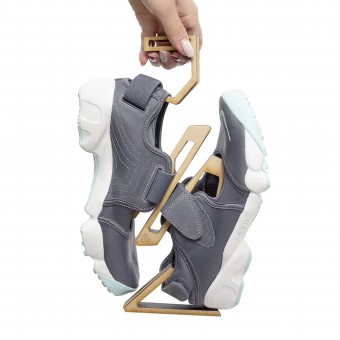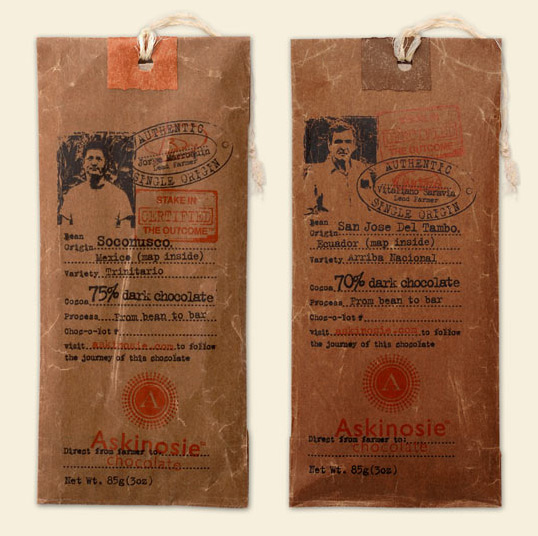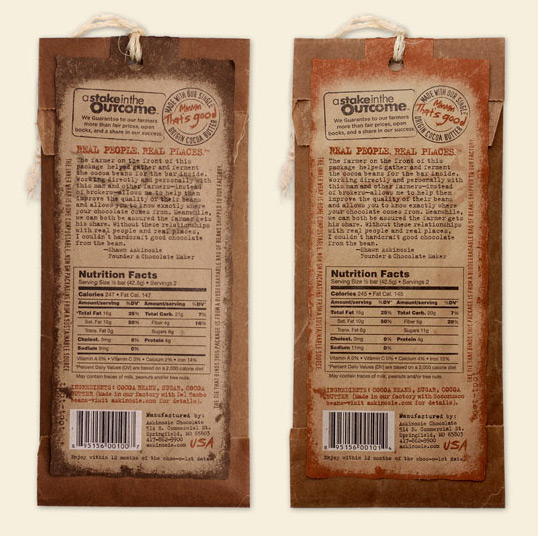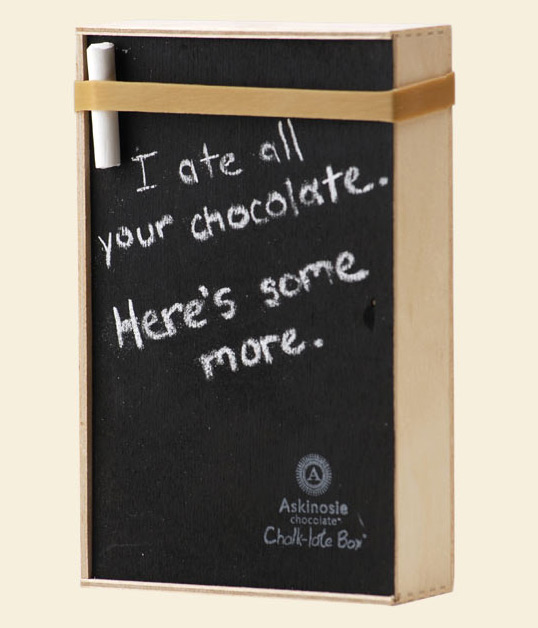
(Print-screen of the footprint calculator)
Andy Stevenson in Lecture 5 highlighted that there is no exact definition of sustainability, it is in fact down to personal opinion, this opinion can be influenced by the individuals lifestyle, thus indicating that although some of us may believe we are living an eco-friendly lifestyle, we may not be. To illustrate his point the lecturer asked us to take a 5 minute questionnaire on the WWF website (http://footprint.wwf.org.uk/) which determines how big our environmental footprint is. My living habits suggested that if everyone lived my lifestyle we would require 2.01 planets, this was a major shock especially considering my score was one of the most sustainable behind 3 other students in our class, the worst score an individual achieved in our lecture was 4 whole planets.
(Print-screen of my carbon footprint planet result)
To emphasise both the wastefulness of society as well as the importance/potential of sustainable design we watched 3 short videos which has supported my understanding of the module, I have wrote about all 3 below...
Video 1 - The Story of Stuff (https://www.youtube.com/watch?v=9GorqroigqM)
('The Story of Stuff')
Have you ever given a thought to where your ‘stuff’ came
from and where your ‘stuff’ will go when you replace it? If not, then this is something that us, as consumers, need to begin considering, as inhibitors of this planet (and thus its resources) we have an obligation to care for and protect environmental health, something which unfortunately we are not doing to the extent that is required.
Like
people in over 80% of Countries today, I live in a society that operates on a Capitalist Economy, Capitalism
revolves around private companies and individuals rather than governments.
Within this free market system, both the individuals and the companies own or utilise the
resources required to manufacture goods or provide services; these include land
and other natural resources, labour and capital such as factories, equipment
and money.
Capitalism
promotes private economic choices, companies can select what to produce and how
much they will charge for their products, and as a consumer I can decide how to
earn an income and (to some extent) what I will spend it on. The more I spend the better it is
for not only the companies manufacturing the goods, but additionally the government, in
the UK nearly two thirds of economic
activity is accounted for by Consumer spending.
The methodology in which we use during product manufacturing and disposal results in a substantial percentage of greenhouse gases being released into the atmosphere. Stuff
moves through a system known as the Materials Economy – a linear system
operating on a finite planet, each step in the process it has to operate and
interact within the human and natural environment. There are 5 stages in this process, these are...
- Extraction
- Production
- Distribution
- Consumption
- Disposal
Stage 1 = Extraction

(Amazon)
(Wood Extraction)

(Extraction/mining of raw materials)
Extraction leads to resources being moved to Production (Stage 2).
Stage 2 = Production
When utilising energy, toxic chemicals are mixed with the naturally
extracted resources to create contaminated products. At present over 100,000 synthetic
chemicals are used within Production, however little research has been carried out on
the synergistic health impacts of mixing these chemicals (http://medicalxpress.com/news/2012-11-flame-retardants-house-dustunsafe.html).
Chemicals such as brominated flame retardants are
everywhere, used in settees, mattresses, pillows, electrical appliances and
computers, these chemicals automatically build up in the human body; one of the highest
concentrations of toxins found within the human body is in breast milk, which mothers directly unknowingly feed to their newborn babies.
However, the most at risk are the factory workers who physically work with these chemicals,
many within the poorer countries of the world. Globally 200,000 people a day
move from their local communities to live in slums to find work, many of who are
young women of reproductive age, and who end up working with carcinogens and
reproductive toxins.

Production leads to
Distribution
Stage 3 = Distribution
Manufacturers need to keep
their inventory moving, consumers look for the best value, so prices are kept
as low as possible to ensure that their products will be consumed. It's blatantly obvious...everyone loves a sale.
This is done by externalising costs, neither the buyer nor
the seller picks up the true costs of the production of goods. One of the best
examples of these negative costs is the pollution of the environment and the
health impacts to the local communities .......none of these costs appears on a
financial ledger.

Distribution leads to
Consumption
Stage 4 = Consumption
Our primary identity and one which the government measures
is how much we consume and how much we contribute to the economy, to ensure that we spend as much as possible advertisements and sales are constantly thrust in front of us in an attempt to brainwash us into purchasing more novelty items that we potentially don't need.

Consumption leads to disposal.
Stage 5 = Disposal
But how much of the stuff we buy ends up as waste?
Weighted Average - 572.4 kgs per person, per year.'
Stage 5 = Disposal
But how much of the stuff we buy ends up as waste?
- 'The United States - 760 kgs per person, per year.
- Australia - 690 kgs per person, per year.
- Denmark - 660 kgs per person, per year.
- Switzerland - 650 kgs per person, per year.
- Canada - 640 kgs per person, per year.
- Norway - 620 kgs per person, per year.
- Netherlands - 610 kgs per person, per year.
- Austria - 560 kgs per person, per year.
- United Kingdom - 560 kgs per person, per year.
- Ireland - 560 kgs per person, per year.
- Belgium - 550 kgs per person, per year.
- Germany - 540 kgs per person, per year.
- France - 510 kgs per person, per year.
- Italy - 500 kgs per person, per year.
- Finland - 460 kgs per person, per year.
- Sweden - 450 kgs per person, per year.
- Japan - 410 kgs per person per year.
Weighted Average - 572.4 kgs per person, per year.'
And why is so much of our stuff disposed of?
Strategies that have been implemented to ensure that consumers continue to shop are planned obsolescence and perceived obsolescence. Planned obsolescence are products that are built to have
only a specific life time or are manufactured so that replacement parts make
the product too costly to repair, electrical appliances are a good example, it
is now frequently cheaper to dump an appliance than to pay for the parts and
labour required for it to be repaired. Perceived obsolescence is now a part of the throwaway
culture of society otherwise known as fashion. Fashion changes, so objects that
are still perfectly functional are discarded for newer models and up to date
styles, and this is all in order for us to maintain our current and social
standing.
Work – Watch – Spend that’s the mantra of modern society.
So should we change our habits...yes, obviously.
The Linear system needs to be changed – we need a system
based on clean production, recyclable and renewable resource use, green
chemistry and zero waste. We need to become more sustainable, people created
the way we live today; people need to change how they think and put pressure on governments that allow those to misuse the environment and the ecology.
TED Talk with Layla Acaroglu 'Paper Beats Plastic' (https://www.youtube.com/watch?v=2L4B-Vpvx1A)
Below are the Notes I took whilst watching the film
Below are the Notes I took whilst watching the film
(Paper Beats Plastic)
Below are the Notes I took whilst watching the film
- Most people would chose a paper bag over a plastic bag.
- Eco-materials = everything at some point comes from the environment.
- Environmental folklore.
- We live in complex systems, we need to learn to join these together.
- We need to learn to do more with less.
- Biodegradability = when natural products break down they release carbon dioxide into the atmosphere, however when man-made products are buried in a landfill site they release methane. Methane is 25x more toxic than carbon dioxide.
- Fridge = fridges keep getting bigger, thus making us buy more food in order to fill them even if we don't need it all, this means that more food goes to waste.
- Kettles = Extremely popular in the UK, we have a habit of boiling more water than we require, resulting in us more energy.
- Consumption is the biggest issue but design offers the best solutions.
- There are only a few materials you should completely avoid, it's more about how you use them.
(Are Mushrooms the New Plastic?)
Below are the Notes I took whilst watching the film
- Styrofoam = extremely bad but highly used. It's not compatible with the environment as it doesn't biodegrade.
- We need to cut the amount of energy we use in production.
- In nature mushrooms are the recycling system.
- Mycelium is an amazing natural product resultant from mushrooms.
- Packaging grows itself, is biodegradable and has the same material properties as bad materials such as plastics and polystyrene.
(More research has been done on mushroom packing and will be posted in the next blog post).
















































